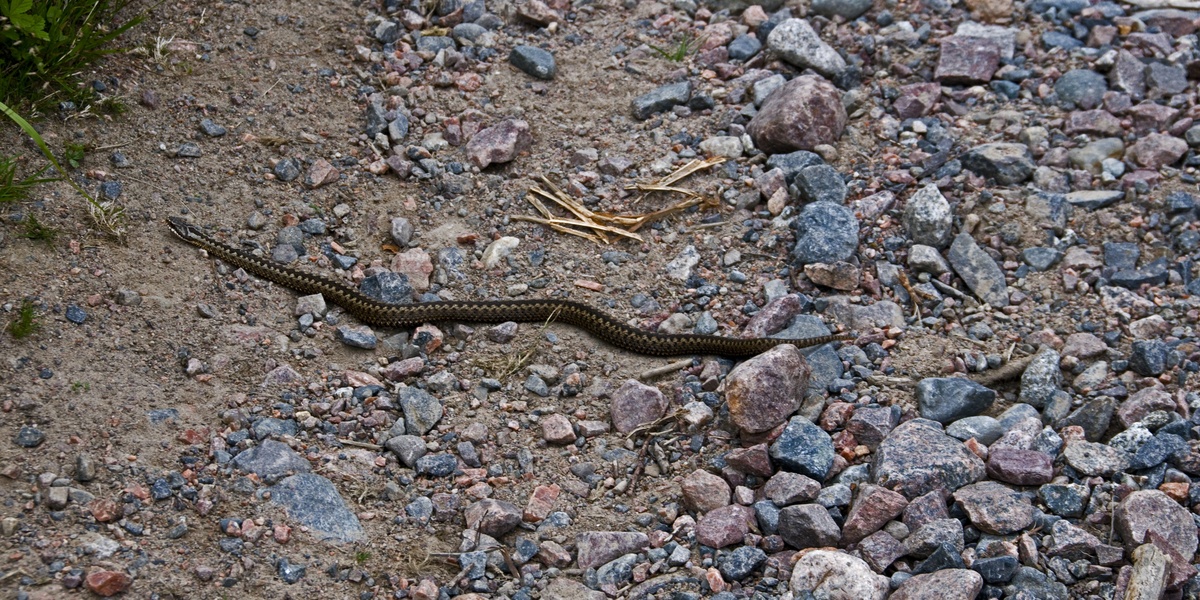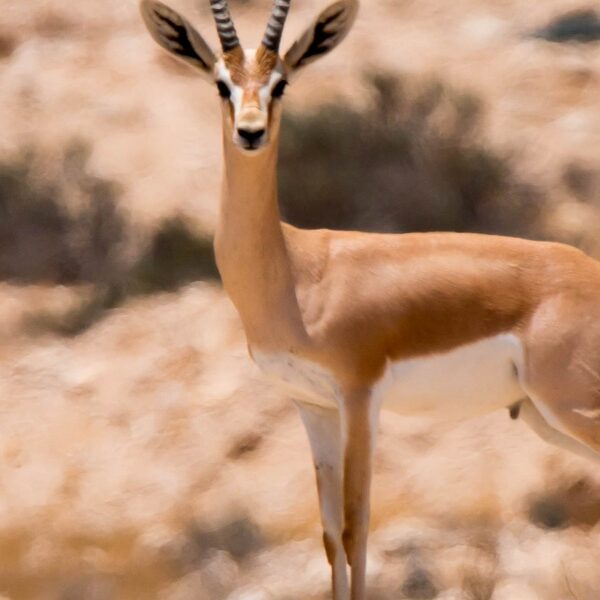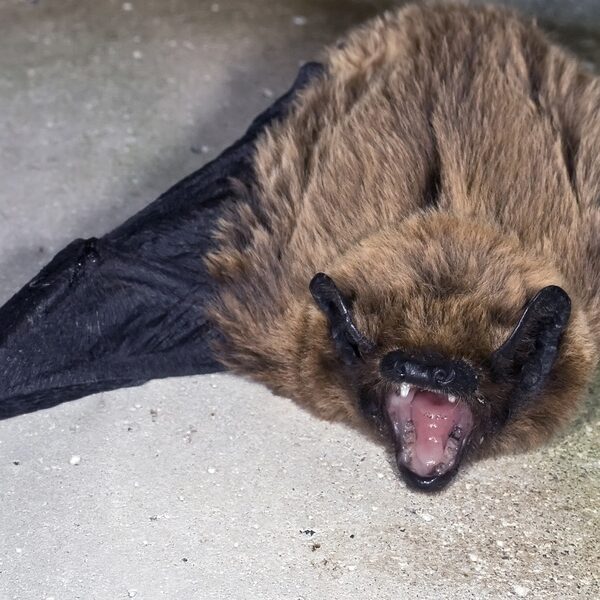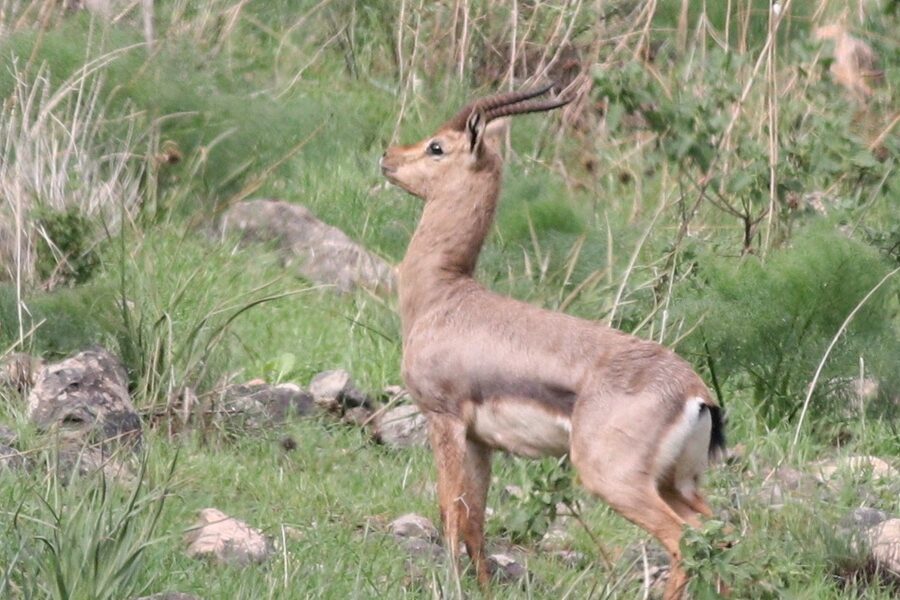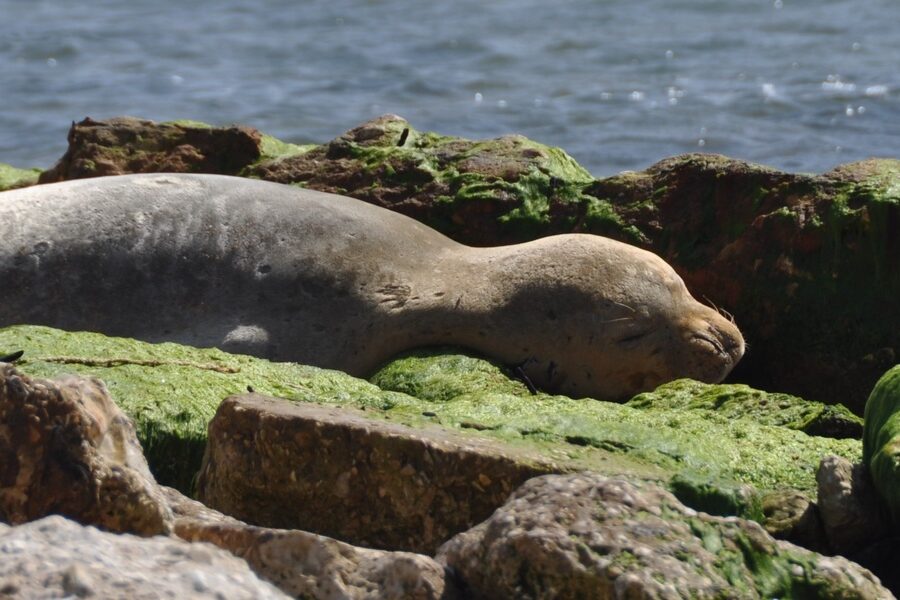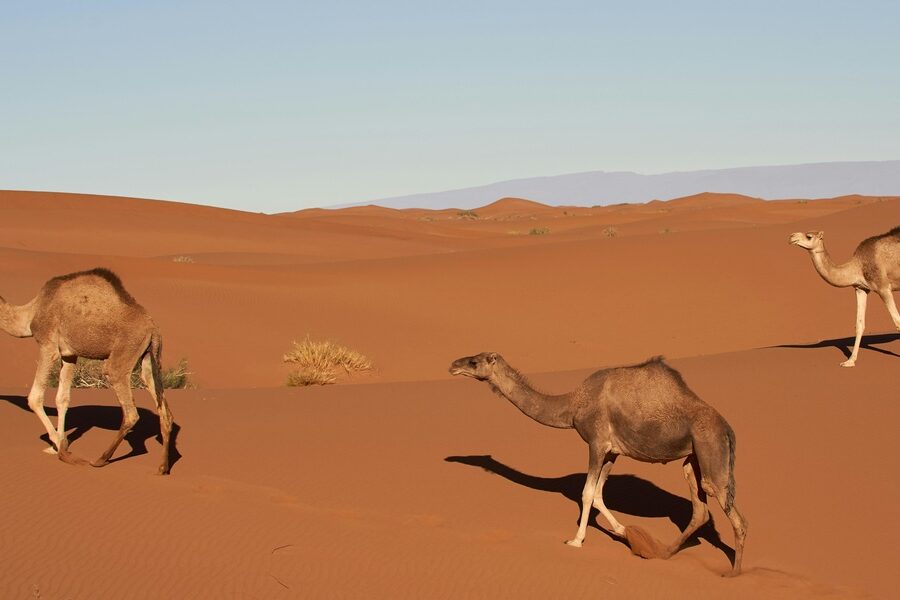Liechtenstein’s compact landscape — a mix of alpine slopes, limestone outcrops and river valleys — supports a modest but varied reptile community. For a small country, its habitats host several familiar European species and local specialists that are interesting to observe.
There are 8 Reptiles of Liechtenstein, ranging from the Aesculapian snake to the Western green lizard. For each species the table lists Scientific name, Max length (cm) and Conservation status — details you’ll find below.
Are any of these reptiles dangerous to people?
Most species in this list are harmless if left alone; only a minority are venomous and bites are uncommon. Treat all wild reptiles with respect: observe from a distance, avoid handling, keep dogs on a leash, and seek medical attention if bitten.
When and where am I most likely to see reptiles in Liechtenstein?
Look on sunny, south-facing slopes, rocky outcrops and field edges from late spring through summer, especially on warm, calm days; riversides and stone walls also attract species that bask or hunt nearby.
Reptiles of Liechtenstein
| Common name | Scientific name | Max length (cm) | Conservation status |
|---|---|---|---|
| Common wall lizard | Podarcis muralis | 20 | LC |
| Western green lizard | Lacerta bilineata | 40 | LC |
| Viviparous lizard | Zootoca vivipara | 20 | LC |
| Slow worm | Anguis fragilis | 50 | LC |
| Grass snake | Natrix natrix | 120 | LC |
| Smooth snake | Coronella austriaca | 60 | LC |
| European adder | Vipera berus | 65 | LC |
| Aesculapian snake | Zamenis longissimus | 160 | LC |
Images and Descriptions
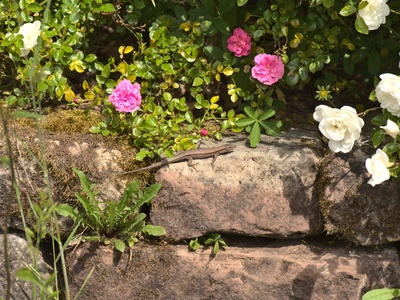
Common wall lizard
A sun‑loving small lizard of walls, rockfaces and dry slopes; common around villages, castle walls (Vaduz) and riverside terraces in Liechtenstein. Swift and variably coloured, often basking on stones and walls — easy to spot on warm days.
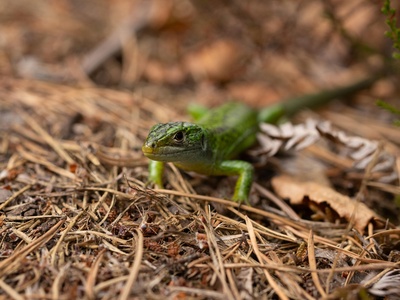
Western green lizard
A large, bright green lizard of sunny lowlands and riverine hedgerows; found in the Rhine valley around Eschen and Schellenberg in Liechtenstein. Males are colourful and can reach substantial size, often seen sprinting through grass and shrubs.
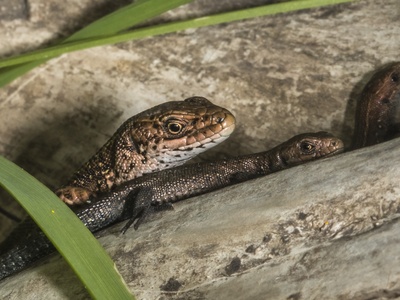
Viviparous lizard
A small, cold‑tolerant lizard of alpine meadows, bogs and subalpine pastures; occurs in higher elevations of Liechtenstein. Notable for giving live birth, it is slender, brownish and active on moist, cool days across mountain grasslands.
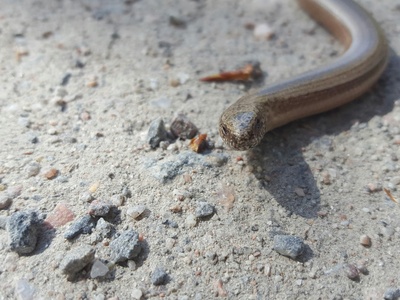
Slow worm
A legless lizard that prefers gardens, hedgerows, stone piles and sunny grassland edges across lowlands and foothills of Liechtenstein. Secretive and slow‑moving when exposed, it can shed its tail to escape predators and feeds on invertebrates.
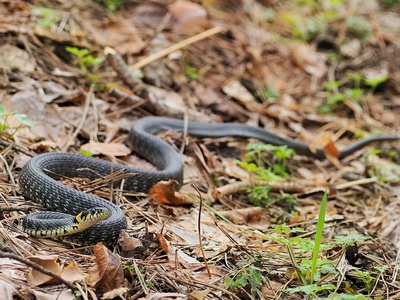
Grass snake
A large, water‑loving snake found near ponds, marshes and the Rhine floodplain in Liechtenstein. Non‑venomous and an excellent swimmer, often with a pale collar behind the head; feeds mainly on amphibians and fish.
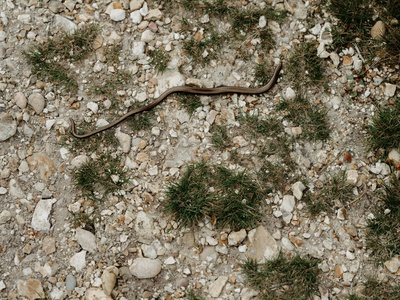
Smooth snake
A slender, secretive constrictor of dry, sunny slopes, rocky scree and woodland edges; recorded in rocky parts of Liechtenstein. Shy and non‑venomous, it feeds on lizards and small mammals and is often hard to spot.
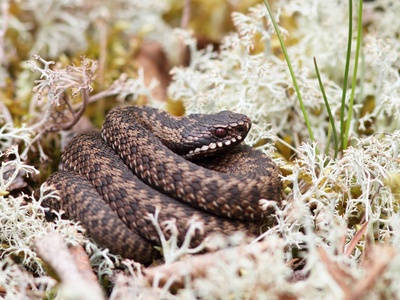
European adder
The only native venomous snake in Liechtenstein, occupying upland meadows, heath and forest edges in higher parts of the country. Distinctive zigzag pattern, generally shy — bite risk is low if left undisturbed; hibernates in winter.
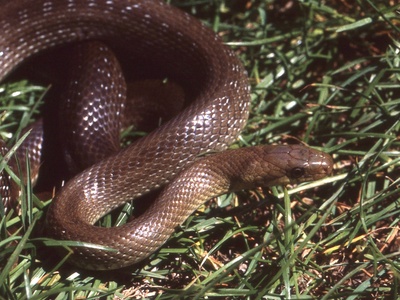
Aesculapian snake
A slender, non‑venomous climber of woodland edges, old walls and hedgerows; scattered records near villages in the Rhine valley suggest a small established or semi‑resident population in parts of Liechtenstein. Feeds on small mammals and birds.
